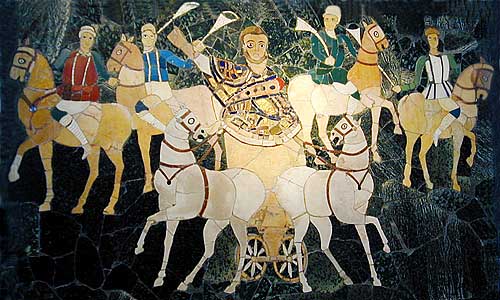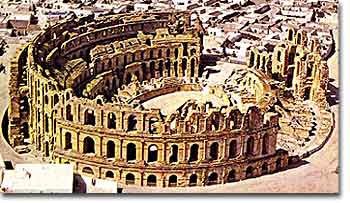

- #Chariot races in rome facts full
- #Chariot races in rome facts professional
- #Chariot races in rome facts torrent
#Chariot races in rome facts professional
Epitaph of the charioteer Scorpus) Outside of Rome, in the hippodromes of distant provinces, it was possible for individual owners to enter teams or even race themselves, but in Rome’s circus, it was the factions who entered the teams, and the professional charioteers, the aurigae, who raced for each faction. The envious Lachesis, when she cut me off in my twenty-seventh year, accounted me, in judging by the number of my victories, to be an old man. Winner of a Roman Chariot Race (Wikimedia Commons) O Rome, I am Scorpus, the glory of your noisy circus, the object of your applause, your short-lived favourite.

But who were the men who drove the factions to victory or defeat? Who were the charioteers of Rome?
#Chariot races in rome facts full
During a race, each faction could enter either one, two, or three separate teams so that a full race could comprise up to twelve chariot teams running at a single time. People were wild for their factions, and there could be violence between the followers of each. In Rome, the factions had their headquarters, the stabula factionum, which contained accommodation and stables, on the Campus Martius, but their breeding grounds and training camps were located in the countryside. The domini factionis were similar to the lanista of a gladiatorial school, or ludus. They would have sought out potential charioteers, made deals with others, and generally seen to the running of the faction and its success. The four chariot factions of Rome were managed by the domini factionis, the ‘faction masters’ who were usually men of the Equestrian class.

There were four chariot factions in Rome: the Veneti (Blues), the Prasini (Greens), the Russati (Reds) and the Albati (Whites). In this post, we’re going to take a brief look at the circus itself, the charioteers, the horses, the fans, equipment, and what teams stood to win…and lose.Ĭharioteer and Horse of the Albati faction One might think that fans usually cheered for their favourite charioteers, but in truth, Romans were fans of their favourite factions, or factiones as they were known. Today, we might think that gladiatorial combat was the most popular sport amongst the people of Rome, but in truth, nothing was more sensational than the chariot races put on in the great circus of Rome – the Circus Maximus. (Virgil, Georgics III-IV) When we think of the raucous world of sport in ancient Rome, the images we conjure are most often of blood-soaked gladiatorial combat, or of chariot racing. No rest, not stay is there but a cloud of yellow sand mounts aloft, and they are wet with the foam and the breath of those in pursuit: so strong is their love of renown, so dear is triumph. Now sinking low, now raised aloft, they seem to be borne through empty air and to soar skyward.
#Chariot races in rome facts torrent
Artist Impression of a race in the Circus Maximus See you not, when in headlong contest the chariots have seized upon the plain, and stream in a torrent from the barrier, when the young drivers’ hopes are high, and throbbing fear drains each bounding heart? On they press with circling lash, bending forward to slacken rein fiercely flies the glowing wheel.


 0 kommentar(er)
0 kommentar(er)
